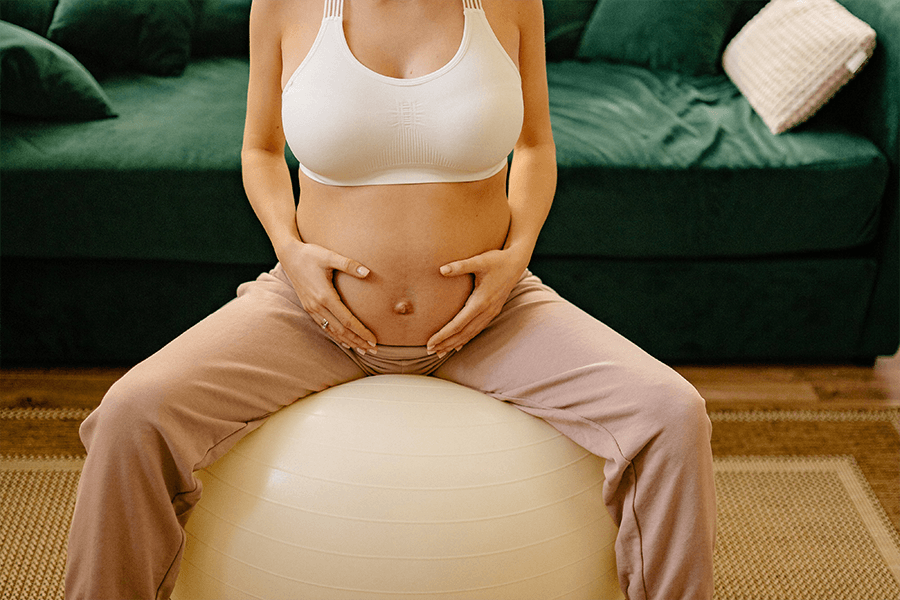Active labor. Your contractions are now coming closer together, they are stronger and they last longer. The pain moves from your back down toward the lower part of your uterus. It is not unusual to have three to four contractions within a 10-minute period. At this stage of the birth process, you could have some light bleeding (called a bloody show), which means that the cervix is dilating.
During active labor, your cervix will dilate from 3–4 centimeters (cm) to 10 cm, and then become fully dilated. At the same time, baby’s head pushes/rotates down from your pelvis, past the ischial spines and toward your pelvic floor. Your contractions will become steadily stronger, more intense and painful, and they will last longer. During active labor, the amniotic sac may burst and your water breaks. Most women find the most difficult part to be the final stage of active labor and the first part of the expulsion stage—commonly referred to as the transition stage. Time-wise, the cervix typically dilates 1 cm per hour during active labor.
At this point, many women find it helps to set milestones, such as switching positions after between five and 10 contractions, or after 30 minutes. An upright position is best if you want to speed up the process. There are several various positions: kneeling, sitting on a birthing stool, using a walker, sitting on a birthing ball or hanging on your partner.
As the pain increases, you may need help to manage the pain. The midwife will support you and give you various alternatives ranging from alternative pain relief therapies to drug-based solutions, such as a spinal anesthesia. Trusting communication between the midwife and you is essential to ensure that your choice of pain relief is the best. It is up to you to say when you need help. We will then decide together which method is best at that time.
Many emotions can surface as the pain increases. You may become impatient and have difficulty focusing on the present. It is not uncommon for women to transition from a state of “I’m doing fine. I’m having my baby” to“I can’t do this any more”. Support from others in priceless. It’s also a good idea to replenish your energy with water and easily digested food. Sweet, diluted juice mixed with electrolyte supplements are a good combination.
An empty bladder is key during labor in order for baby’s head to make its way into the birth canal. Think fluids in and fluids out. A general rule of thumb is to empty your bladder every two hours.
Your partner’s support is priceless. If you come alone to the birth center/hospital to give birth, your midwife will give you the support you need. Words of encouragement, help getting into different positions, showering, bathing and a massage are a few things that a partner can help with. Many times, your partner also has an important role as a spokesperson for what is important to you when you give birth. Your partner knows you better than the staff. At the same time, the staff and midwife are there to support the partner too. After all, we are a team working together.
Sources:
- Abascal, G., & Huss, M. S. (2018). Att föda. Bonnier Fakta.
